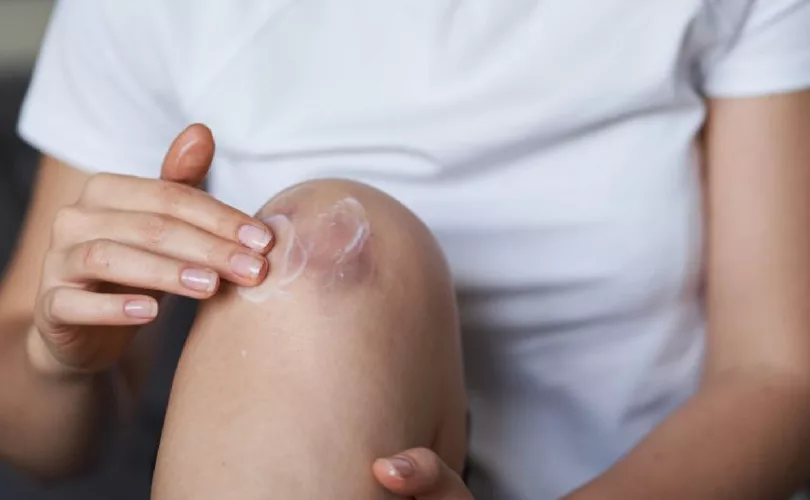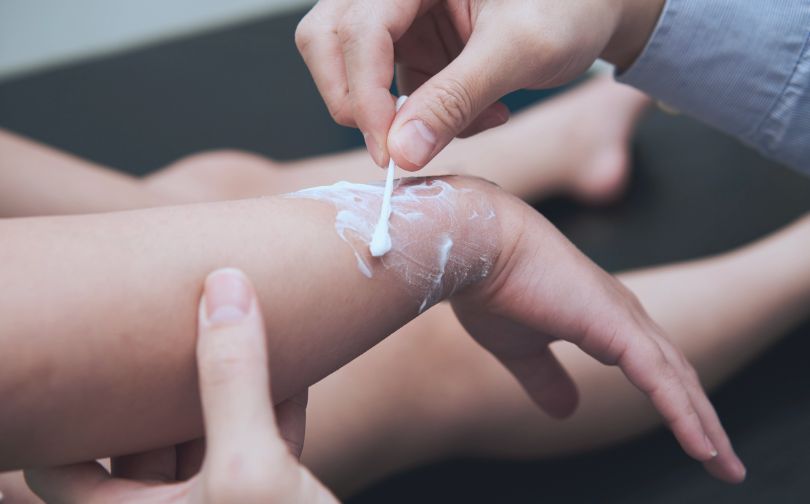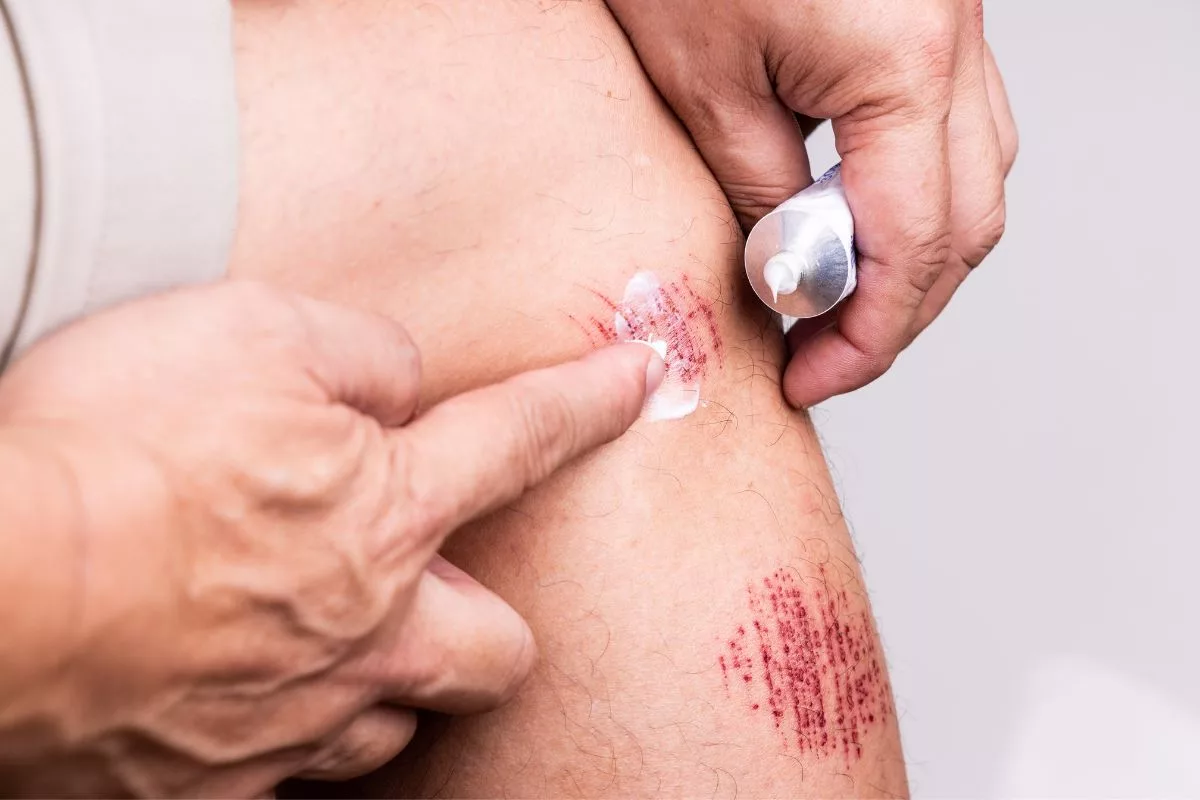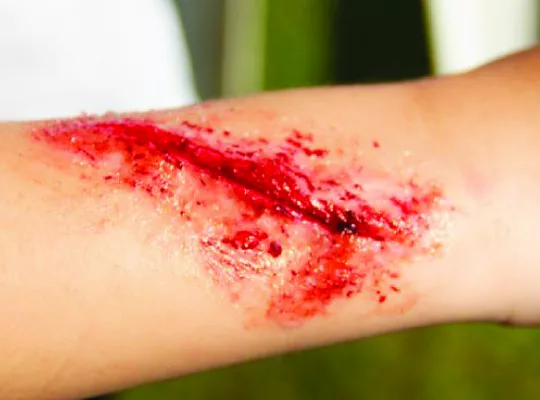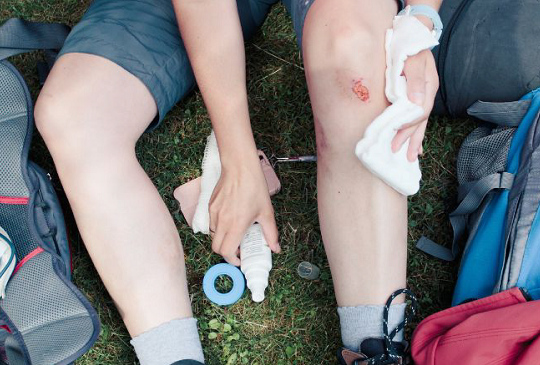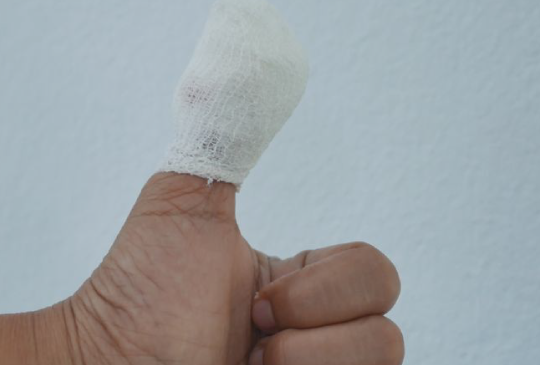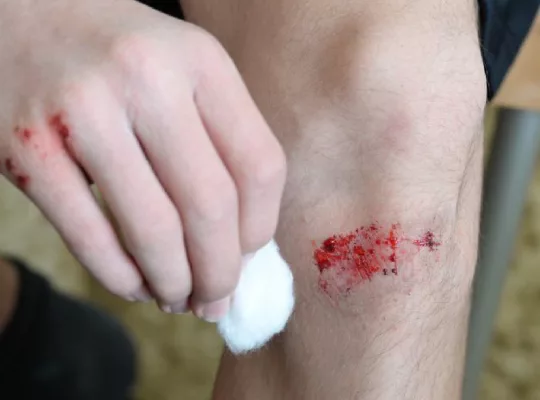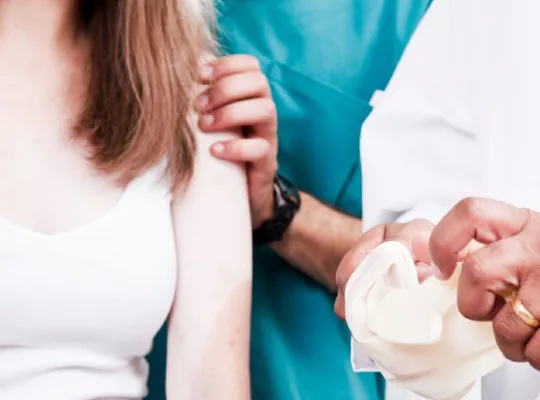Finding the right first aid cream for wound healing can be overwhelming. With so many options available, it’s hard to know which one truly supports fast recovery. Some creams may cause irritation, while others might not protect against infections. This leaves many unsure of the best choice for promoting proper healing.
Did you know that using a cream with the right blend of ingredients can speed up the healing process by reducing inflammation and preventing bacteria from entering the wound?
In this article, we’ll break down the most effective first aid creams available, focusing on those that deliver proven results. Whether you’re dealing with minor cuts or deeper wounds, we’ll help you discover the best solution for optimal recovery.
Should I Use First Aid Cream for Wound Healing?
Using first aid cream for wound healing is generally recommended, especially for minor injuries like cuts, scrapes, and burns. These creams typically contain antibiotic medical supplies such as neomycin, bacitracin, and polymyxin, which help prevent bacterial infections. Applying the cream creates a moist environment that supports the healing process by preventing the wound from drying out or forming a scab, both of which can slow recovery and increase the risk of scarring.
It’s essential to apply a thin layer of the cream to avoid overuse, which could lead to side effects, such as irritation or reduced effectiveness due to potential antibiotic resistance. First aid creams are most effective for minor wounds and should not be used as a substitute for medical care in more serious cases.
What Is The Best Cream To Heal My Wound?
If you’re looking for over-the-counter creams in order to help heal your wound, then we’d recommend purchasing some Neosporin.
This cream is medically approved, and it is considered to be the number one cream for cuts and wounds in the whole of the US.
It’s often prescribed by doctors for patients, but you can simply pick up a tub of this cream yourself if need be in a pharmaceutical store.
It’s used to treat a number of different skin infections, and is also highly adept at healing wounds, and preventing them from becoming infected.
What Can I Use Neosporin For?
So, what kind of ailments can you use Neosporin for?
Well, there are a number of different skin conditions that this cream is highly adept at treating, with some of the most common ones being burn marks.
If you’ve obtained a burn mark on your skin, using this cream can act as a soothing balm, and will help to relieve any pain you’re feeling in general.
In addition to treating burns, Nesoporin is also considered to be a good treatment for scar tissue.
By helping to heal and soothe the site of scarring, it can actually prevent the appearance of scars and help to prevent them from becoming infected.
Finally, another item that we mentioned above, is that Nesoporin is also excellent at treating cuts and wounds.
If you apply it to a cut, it will give you 24 hour protection from infection. It will help to banish any germs, and also soothe your cut.
Doctors recommend purchasing this cream to keep as a part of your first aid kit.
How To Help Your Wound Heal
Now that we’ve taken a closer look at the very best topical antiseptic cream for wound healing, we can move on to discuss some other tips that you can follow in order to help it heal at a faster rate.
To find out more, simply keep reading below.
1. Clean It Properly
The first tip that we would like to give you in regards to your wound, is to make sure that you’re cleaning the area properly as your first port of action.
Before cleaning your wound, make sure that you’ve washed your hands with warm, soapy, antibacterial soap in order to prevent the occurrence of infection.
After you’ve done this, you’re going to need to locate a clean towel or cloth, and use this to apply pressure to the wound, to prevent it from bleeding.
After you’ve noticed that it’s stopped bleeding, you can then go ahead and place a saline solution on the surface of your wound.
Now that you’ve done this, you can go ahead and apply your antiseptic spray or ointment in order to prevent bacteria from accumulating in the area.
Finally, place a bandage over the area, covering it completely.
2. Use Some Honey
As well as using an antibacterial ointment, honey can also be applied as an aid for healing wounds at a faster rate.
It has several different effective properties, including antibacterial qualities, anti oxidant, and anti inflammatory.
In traditional medicine, this method has been used for treating wounds for centuries.
3. Don’t Overmedicate
Your wound might be causing you some degree of discomfort, but we’d recommend steering clear of over the counter, oral pills if you can help it.
That’s because common drugs, like aspirin, for example, can actually hinder the healing process of your wound.
Your immune system cells will be hampered by doing so, and this will mean you’ll need to figure out an appropriate list of medicines that you can take in the meantime with your doctor, if need be.
4. Change The Dressing Regularly
Presuming that your wound is small enough to cover up with a simple bandage (if any larger, make sure to see a medical professional), then we’d recommend that you make sure to change this on a regular basis.
This helps to keep the area clean, and also gives you the opportunity to examine the site of the wound, in case there’s any indication that it might be getting infected.
It’s also a good idea to make sure that your cut is bandaged up, because it helps to keep the site warm. Wounds which are kept warm will naturally heal at a faster rate.
5. Pay Attention To Your Diet
The final tip that we’d like to give you in order to make sure that your wound heals properly, is to make sure that you’re paying attention to your diet.
This means making sure that you’re consuming healthy, appropriately balanced meals, and avoiding any detrimental behaviors such as excessive drinking or smoking.
When trying to make your wound heal at a faster rate, it’s a good idea to pay attention to the different vitamins and minerals in your body.
You want to make sure that you’re getting enough vitamin c in particular, as this vitamin is responsible for promoting collagen in your body, which will ultimately help your wound to heal faster.
As well as this, Vitamin A is also considered to be highly adept when it comes to healing wounds.
When Should I Seek Medical Care?
You should seek medical care for a wound under several circumstances to ensure proper healing and prevent complications. For instance, if the wound is large, deep, or has jagged edges, it may require professional attention, such as stitches, to promote healing and reduce scarring. Additionally, if the wound continues to bleed after applying pressure for 5-10 minutes, it’s crucial to seek immediate medical assistance.
Another important reason to consult a healthcare provider is if you notice signs of infection. These signs include increased pain, redness, swelling, warmth around the wound, pus or odorous drainage, and fever or chills. Timely medical evaluation can prevent the infection from spreading.
Certain types of injuries, such as those caused by animal or human bites or from dirty or rusty objects, also warrant medical care due to the high risk of infection and the possible need for a tetanus shot. Moreover, if the wound is located on the face, near a joint, or involves the hands or feet, professional evaluation is necessary to address potential complications in these sensitive areas.
Final Thoughts
To sum up, the best medically recognized first aid cream for wound healing is Nesoporin.
This is the number one cream that’s used for minor cuts, scrapes, burns, and scars in the whole of the US.
As well as applying antibacterial cream, make sure that you’re keeping a close eye on your wound in case there are any signs of infection.
FAQs
What are the key ingredients to look for in a first aid cream for wound healing?
Look for antiseptic agents like chlorhexidine to prevent infection, healing agents such as dexpanthenol or allantoin, and moisturizing elements like aloe vera to keep the wound moist, which aids faster healing. These components work together to promote tissue repair and prevent scarring.
Are antibiotic creams necessary for all wounds?
Antibiotic creams are not essential for every wound. They help prevent infection in cuts or scrapes but aren’t always necessary for clean wounds. For minor, non-infected injuries, keeping the wound clean and moist with a standard healing cream may be sufficient.
What is the difference between creams and ointments for wound care?
Creams are lighter, non-greasy, and absorb quickly into the skin, making them suitable for everyday wounds. Ointments are thicker and greasier, providing a longer-lasting protective barrier, which is ideal for dry or more serious wounds that need protection from air and moisture.
Can I use a first aid cream on all types of wounds?
First-aid creams are generally effective for minor wounds like cuts, scrapes, and mild burns. However, for deeper wounds, severe burns, or infected areas, it’s better to seek medical attention or use specialized treatments to avoid complications and promote proper healing.

